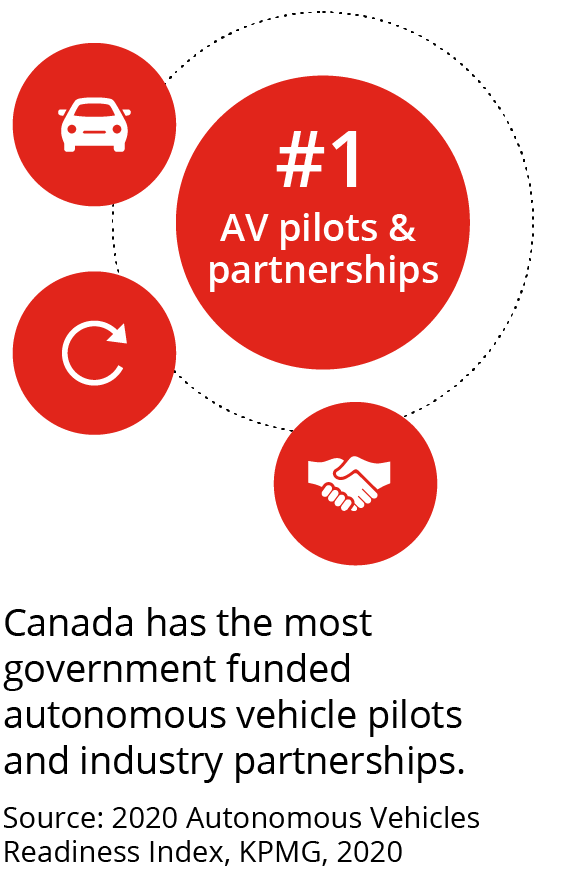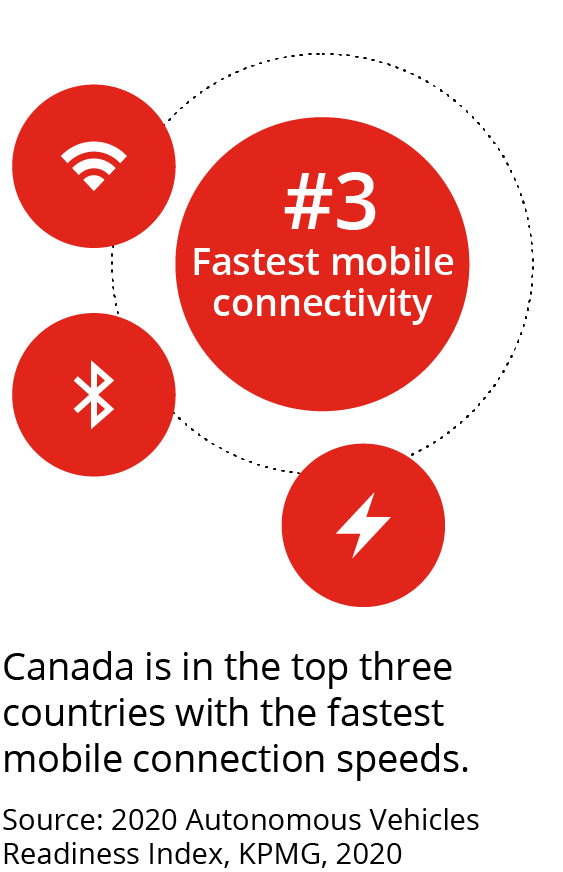The future not only looks electric for the Canadian automotive industry, but also promises to be more connected, autonomous and shared
In answer to Prime Minister Justin Trudeau’s call to make Canada a net-zero emissions nation by 2050, the Automotive Parts Manufacturers’ Association of Canada (APMA) invited design and engineering proposals for Project Arrow at CES, one of the world’s largest consumer electronics shows, in January.
In part, Canada’s first original full-build zero emissions concept vehicle is a showcase for the country’s considerable automotive expertise. Centred in southern Ontario for over a century, the Canadian automotive industry is one of the world’s top 10 producers of light vehicles. Five global automotive manufacturers, including Stellantis, Ford, GM, Honda and Toyota assemble more than 2m vehicles at their Canadian plants each year. Ontario also hosts more than 700 automotive supplier companies and 500 tool and die makers, making it one of the most comprehensive automotive clusters in the world.
Source: Government of Canada, 2019
Auto manufacturing plays a key role in Canada’s economy
Source: McKinsey, 2019
New business models could expand automotive revenue
“More than 130 firms have now expressed interest in being part of this generational effort. Today, together with WindsorEssex Economic Development Corporation, we are launching an artificial intelligence-enabled database portal that will maximise the impact of our supplier search and our technology integration effort,” said Flavio Volpe, President of APMA, at CES in January. “AI-enabled teardown technology developed by YQGTech will automatically connect proposed parts, systems and components with required complementary counterparts in an effort to create an architecture best suited to series production.”
Project Arrow anticipates a fast-approaching future in which the global automotive industry will be transformed by technological convergence and the widespread recognition of the need for increased sustainability. As a panel of industry experts recently highlighted at a future of mobility roundtable, awareness of emissions has not only become a personal driver for consumer decision-making but has also seen cities, states and countries take unprecedented action to reduce them.
Project Arrow anticipates a fast-approaching future in which the global automotive industry will be transformed by technological convergence and the widespread recognition of the need for increased sustainability.
Source: avinhub.ca
Ontario has the second largest information and communication technology cluster in North America
According to Colin Earp, National Transport Leader and Global Infratech Chair with KPMG Canada, the country’s recognised advantage in automotive manufacturing, software and AI development means that “all the conditions should be right for Canada to be forging ahead in this [AV] area”.
In KPMG’s latest Autonomous Vehicles Readiness Index, Canada comes first, globally, for government-funded AV pilots and for industry partnerships, both of which are founded on a well-established culture of innovation and collaboration in Canada’s automotive and technology sectors. Ontario was the first province in Canada to conduct public road tests for autonomous vehicles back in 2017, for example; and, with its modern infrastructure, research capabilities, and proliferation of highly educated talent, it is now considered an ideal ecosystem for AV research and development.
“Canada is the world-leading hub of AI,” says Earp. “There is a talent capability in AI, decision telematics and LiDAR at a density found nowhere else in the world.” With such advantages, Canada looks set to play a profound role in the future-focused field of smart mobility.









